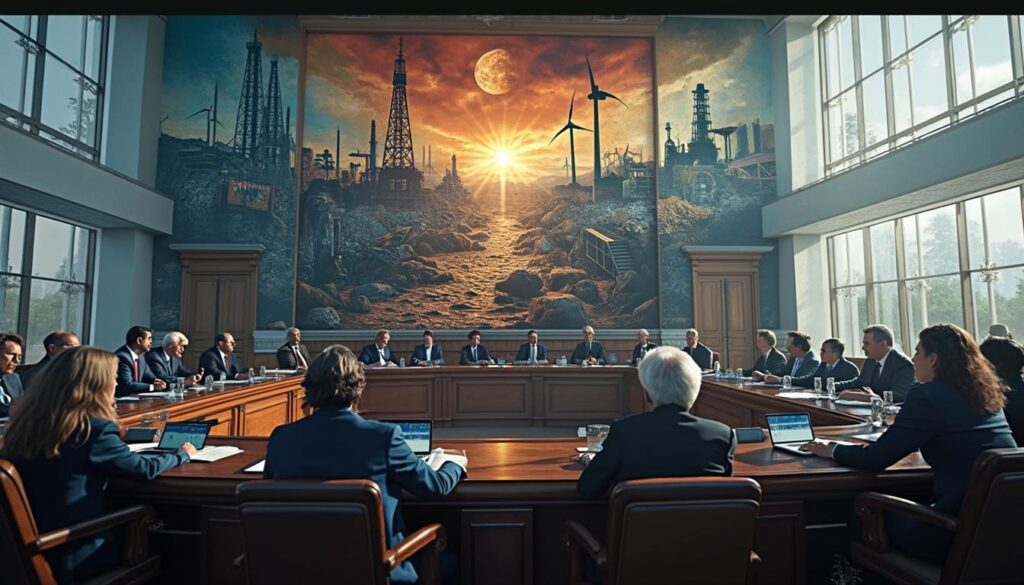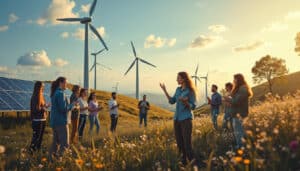The energy landscape of the United States is undergoing an unprecedented transformation, marked by an impressive influx of private investments in clean energy manufacturing. This dynamic is greatly supported by federal incentives, promoting projects in historically marginalized communities. However, the Midwest, despite its obvious potential, is struggling to keep pace with this trend, highlighting unique challenges that this region must overcome to fully integrate into this energy revolution. New factories and infrastructures are developing elsewhere, redefining the country’s green economy, while leaving the Midwest questioning its energy future.
A growing number of private investments, spurred by federal funding, is helping fulfill the Biden administration’s promise to assist historically underserved communities as the country shifts to a clean energy economy. Since the Inflation Reduction Act of 2022, companies have announced over $150 billion in investments for facilities aimed at manufacturing electric vehicles and components for renewable energy. More than 40% of these investments will be allocated to disadvantaged communities. However, the Midwest is lagging with only 12% of investments directed to these communities. Factors such as demographic, cultural, and political differences, as well as the inability of some states to attract major manufacturers, explain this.
Disadvantaged communities embrace clean energy
In the wake of new policies encouraging sustainable energy development, disadvantaged communities have begun to see new clean energy manufacturing plants emerge. These initiatives aim to contribute to an equitable distribution of economic benefits. Many investments are driven by the belief that these long-marginalized communities can become centers of economic development while fostering a broader ecological transition. Additionally, integrating these projects into these localities is intended to create sustainable jobs for residents, thereby transforming the socio-economic landscape of these areas.
The energy landscape of the Midwest
Despite the overall push towards greener manufacturing, the Midwest is experiencing a certain delay. While some initiatives are underway, the number of projects in this region is surprisingly low compared to other sectors of the country. Several factors could explain this situation: political and cultural differences, as well as historical economic structures that might hinder the rapid advancement of renewable energies. While neighboring states capitalize on their relative advantages to attract investments, the Midwest seems to struggle to keep pace with the rapid transformation.
The balance between industry and environmental justice
A growing concern is the search for a balance between industrial development and adherence to principles of environmental justice. While some regions are making progress in positively impacting the environment, others hesitate to fully embrace this rapid transition, fearing societal repercussions. Local stakeholders often collaborate with organizations to ensure that environmental standards are upheld while ensuring that local communities benefit directly from the fruits of this energy transition. Some believe that these efforts not only disrupt social harmony but may also significantly redefine economic success, thus transforming traditional methods into innovative and sustainable processes.
Articles similaires
Thank you!
We will contact you soon.













